RACE & ETHNICITY
-IN PRATT COUNTY, KS-
Race & Ethnicity Breakdown of Pratt County, Kansas
Pratt County, Kansas, is home to a richly diverse population that spans a range of racial and ethnic backgrounds. The county includes 67 American Indian and Alaska Native residents, 45 Asian residents, and 106 Black or African American residents. A significant portion of the community, 741 individuals, identifies as Hispanic or Latino.
The population also includes 7 Native Hawaiian and Other Pacific Islander residents. Not Hispanic or Latino individuals constitute the majority of the population with 7,872 residents. Additionally, 323 residents identify as some other race, and 505 residents identify as two or more races. The largest racial group in Pratt County is White, with a population of 8,104.
This diverse demographic landscape enriches the cultural fabric of the county, fostering a vibrant and inclusive community.
Largest Racial Group
Population
White
8,104
Pratt County, KS
Population in Kansas 2,222,462
Smallest Racial Group Population
Native Hawaiian & Other Pacific Islander
7
Pratt County, KS
Population in Kansas 3,412
Sources: US Census Bureau ACS 5-year 2018-2022
Race & Ethnicity Breakdown
American Indian and Alaska Native
The features listed here are meant for identifying potentially vulnerable populations and should not be used to stigmatize any specific trait as inherently disadvantageous. Depending on the community context, these groups might encounter distinct obstacles in accessing healthcare, engaging in physical activity, or establishing a robust social support system.
Asian
The features listed here are meant for identifying potentially vulnerable populations and should not be used to stigmatize any specific trait as inherently disadvantageous. Depending on the community context, these groups might encounter distinct obstacles in accessing healthcare, engaging in physical activity, or establishing a robust social support system.
Black or African American
The features listed here are meant for identifying potentially vulnerable populations and should not be used to stigmatize any specific trait as inherently disadvantageous. Depending on the community context, these groups might encounter distinct obstacles in accessing healthcare, engaging in physical activity, or establishing a robust social support system.
Hispanic or Latino
The features listed here are meant for identifying potentially vulnerable populations and should not be used to stigmatize any specific trait as inherently disadvantageous. Depending on the community context, these groups might encounter distinct obstacles in accessing healthcare, engaging in physical activity, or establishing a robust social support system.
White Alone, not Hispanic or Latino
The features listed here are meant for identifying potentially vulnerable populations and should not be used to stigmatize any specific trait as inherently disadvantageous. Depending on the community context, these groups might encounter distinct obstacles in accessing healthcare, engaging in physical activity, or establishing a robust social support system.
Some Other Race alone
The features listed here are meant for identifying potentially vulnerable populations and should not be used to stigmatize any specific trait as inherently disadvantageous. Depending on the community context, these groups might encounter distinct obstacles in accessing healthcare, engaging in physical activity, or establishing a robust social support system.
Two or More Races
The features listed here are meant for identifying potentially vulnerable populations and should not be used to stigmatize any specific trait as inherently disadvantageous. Depending on the community context, these groups might encounter distinct obstacles in accessing healthcare, engaging in physical activity, or establishing a robust social support system.
White Alone
The features listed here are meant for identifying potentially vulnerable populations and should not be used to stigmatize any specific trait as inherently disadvantageous. Depending on the community context, these groups might encounter distinct obstacles in accessing healthcare, engaging in physical activity, or establishing a robust social support system.







